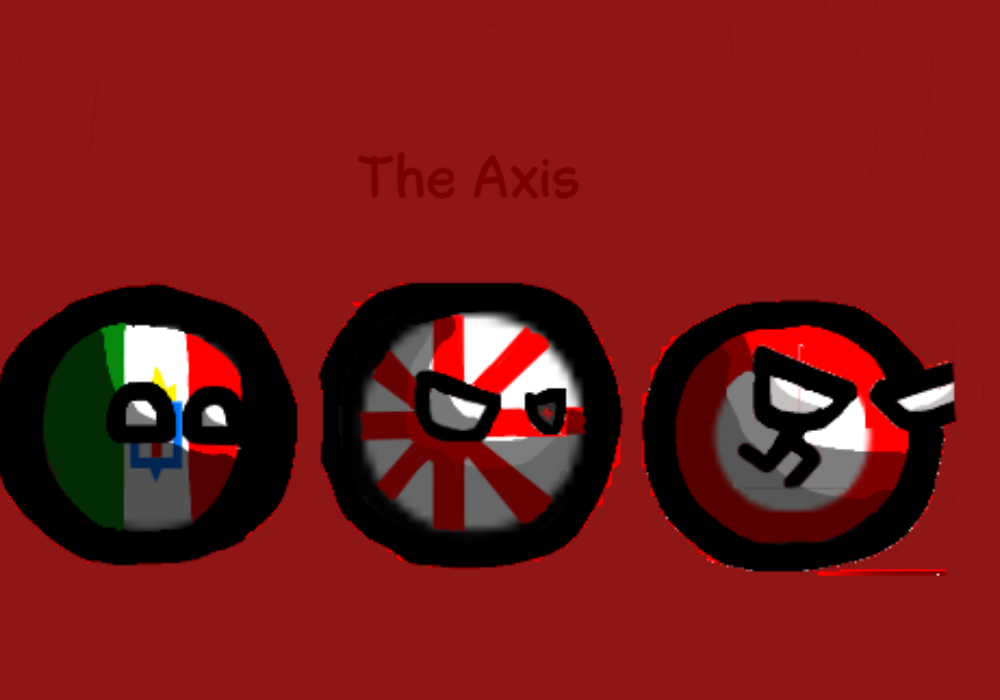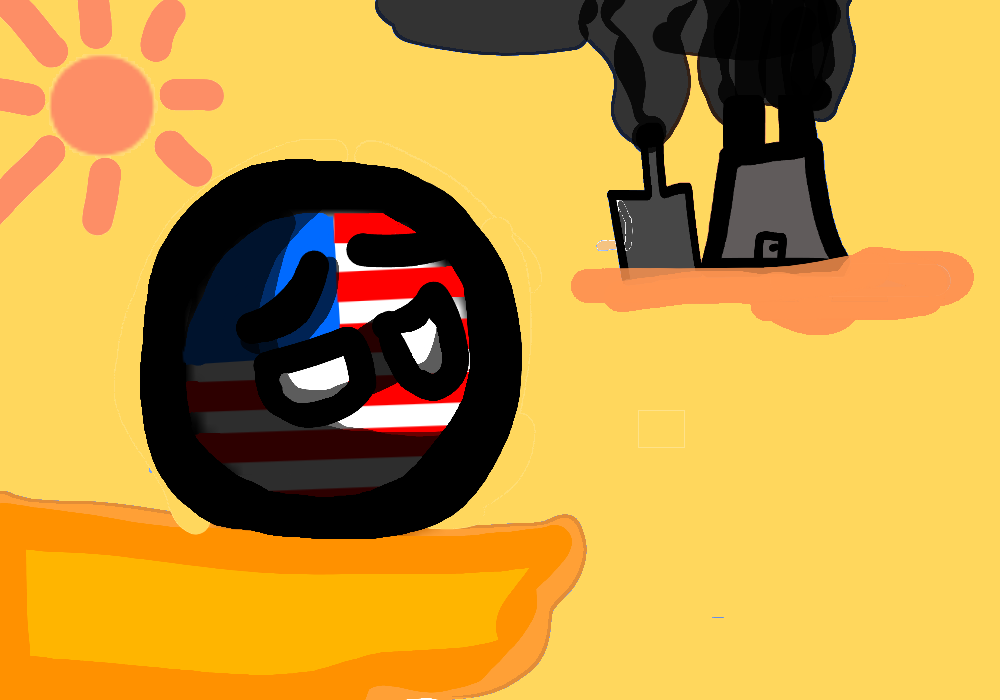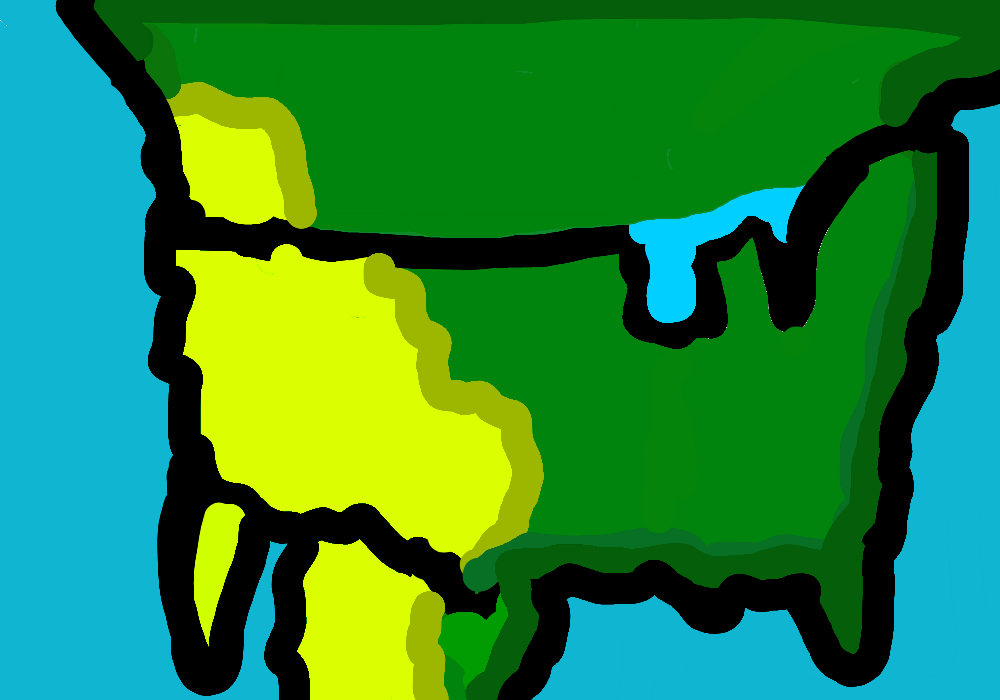
@Justin14
53 followers
162 following
The Flag Of Panama
The Isthmus of Panama was formed about three million years ago when the land bridge between North and South America finally became complete, and plants and animals gradually crossed it in both directions. The existence of the isthmus affected the dispersal of people, agriculture and technology throughout the American continent from the appearance of the first hunters and collectors to the era of villages and cities.[20][21]
The earliest discovered artifacts of indigenous peoples in Panama include Paleo-Indian projectile points. Later central Panama was home to some of the first pottery-making in the Americas, for example the cultures at Monagrillo, which date back to 2500–1700 BC. These evolved into significant populations best known through their spectacular burials (dating to c. 500–900 AD) at the Monagrillo archaeological site, and their Gran Coclé style polychrome pottery. The monumental monolithic sculptures at the Barriles (Chiriqui) site are also important traces of these ancient isthmian cultures.
Before Europeans arrived Panama was widely settled by Chibchan, Chocoan, and Cueva peoples. The largest group were the Cueva (whose specific language affiliation is poorly documented). The size of the indigenous population of the isthmus at the time of European colonization is uncertain. Estimates range as high as two million people, but more recent studies place that number closer to 200,000. Archaeological finds and testimonials by early European explorers describe diverse native isthmian groups exhibiting cultural variety and suggesting people developed[clarification needed] by regular regional routes of commerce. Austronesians had a trade network to Panama as there is evidence of coconuts reaching the Pacific coast of Panama from the Philippines in Precolumbian times.[22]
When Panama was colonized, the indigenous peoples fled into the forest and nearby islands. Scholars believe that infectious disease was the primary cause of the population decline of American natives. The indigenous peoples had no acquired immunity to diseases such as smallpox which had been chronic in Eurasian populations for centuries.[23][24]
The earliest discovered artifacts of indigenous peoples in Panama include Paleo-Indian projectile points. Later central Panama was home to some of the first pottery-making in the Americas, for example the cultures at Monagrillo, which date back to 2500–1700 BC. These evolved into significant populations best known through their spectacular burials (dating to c. 500–900 AD) at the Monagrillo archaeological site, and their Gran Coclé style polychrome pottery. The monumental monolithic sculptures at the Barriles (Chiriqui) site are also important traces of these ancient isthmian cultures.
Before Europeans arrived Panama was widely settled by Chibchan, Chocoan, and Cueva peoples. The largest group were the Cueva (whose specific language affiliation is poorly documented). The size of the indigenous population of the isthmus at the time of European colonization is uncertain. Estimates range as high as two million people, but more recent studies place that number closer to 200,000. Archaeological finds and testimonials by early European explorers describe diverse native isthmian groups exhibiting cultural variety and suggesting people developed[clarification needed] by regular regional routes of commerce. Austronesians had a trade network to Panama as there is evidence of coconuts reaching the Pacific coast of Panama from the Philippines in Precolumbian times.[22]
When Panama was colonized, the indigenous peoples fled into the forest and nearby islands. Scholars believe that infectious disease was the primary cause of the population decline of American natives. The indigenous peoples had no acquired immunity to diseases such as smallpox which had been chronic in Eurasian populations for centuries.[23][24]
Other Minitoons by @Justin14








































































































